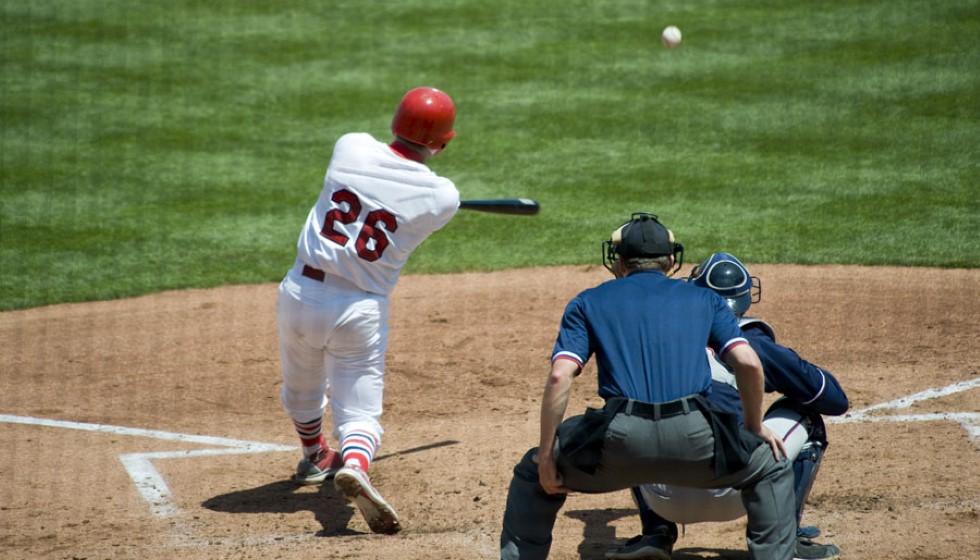
The baseball landscape as we enter 2025 is characterized by a dynamic shuffle of players, contracts, and strategies, redefining the structure of Major League Baseball. As teams prepare for the new season, substantial player moves and strategic shifts are influencing the league.
Free Agency Frenzy
This offseason has seen a flurry of activity in the free agent market, with seven of the top 10 and 25 of the top 50 free agents donning new uniforms. This wave of signings illustrates teams' aggressive pursuit of top talent to bolster their rosters, likely driven by championship aspirations.
Cardinals in Transition
One of the most intriguing narratives revolves around Nolan Arenado and the St. Louis Cardinals. Arenado, who is owed $64 million over the next three years, opted to block a trade in the offseason. This decision impacts the Cardinals as they navigate their "reset" phase, reevaluating their strategy and roster composition. Interestingly, there is speculation that Arenado might play first base to facilitate a future trade, suggesting his flexibility in the team's evolving plans.
The Cardinals' situation signals a broader trend across the league, where teams are looking to adapt and restructure, focusing on both immediate success and long-term sustainability.
Pitching Moves and Contracts
Pitching rotations across the league have been reshuffled, with new contracts and trade moves sparking adjustments. Corbin Burnes's recent signing has been a pivotal change, altering expectations for several teams. As a reference, the Corbin Burnes trade took place last February, serving as a key point of comparison for current off-season moves.
Meanwhile, the names populating the pitching circuit include players like Sonny Gray, who carries a $65 million commitment over two years, and Jordan Montgomery, who has secured a $22.5 million player option for 2025. Similarly, Luis Castillo has locked in a $22.75 million annual payment for the next three years, indicating his significant role in his team’s plans.
Financial Strategies and Challenges
From a financial perspective, team payrolls and player salaries continue to dictate strategies. The San Diego Padres, for example, are projected to have a competitive balance tax payroll of $248 million for the 2025 season. This high payroll comes in the wake of the passing of owner Peter Seidler in late 2023, marking a period of transition for the franchise.
Furthermore, the impact of broader economic factors such as the Diamond Sports Group bankruptcy is evident, particularly affecting teams like the Minnesota Twins. These financial dynamics are crucial as teams balance competitiveness with fiscal responsibility.
Arbitration and Player Development
Arbitration remains a critical junction in the offseason, with players like Luis Arraez and Dylan Cease each projected to earn around $14 million. This process underscores the value of these players while reflecting broader salary trends within the league.
Young talent is also in focus, with 25-year-old Brett Baty set to make his mark. His presence signals a new wave of emerging players poised to impact the game significantly.
Noteworthy Contracts and Trades
Trade dynamics remain an integral part of team strategies. Marcus Stroman's $18 million contract, absent of no-trade protection, offers flexibility, potentially making him a valuable trade asset. Conversely, Ryan Pressly, priced at $14 million with a no-trade clause, represents a different scenario, where his retention underscores a team's commitment to anchor their bullpen.
Reflecting on previous years, pivotal trades like the Luis Arraez/Pablo López deal from January two years prior, continue to resonate, setting precedents and influencing current trade discussions.
Conclusions From the Trenches
In the words of Ken Kendrick, describing one team's decision, it was the "Biggest mistake this season from a talent standpoint," illustrating the fine line teams tread between roster enhancement and strategic missteps. Such statements echo the ongoing dialogue and decision-making challenges facing teams at every turn.
As the new season looms, these developments define a pivotal moment, both in shaping immediate prospects and establishing long-term frameworks. Teams are not just assembling their rosters; they are orchestrating the symphony of baseball's next chapter, a testament to the sport's ever-evolving narrative.